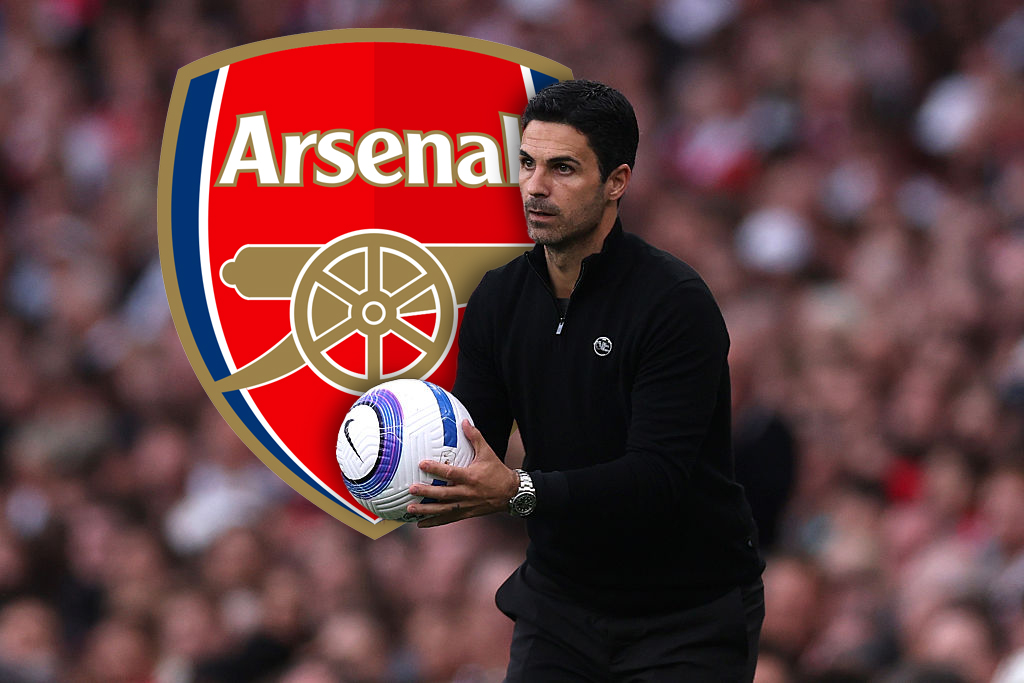Treating an injury: the first 72 hours
Injured and helpless? You need a bit of RICE, says Wigan's head physio Andy Mitchell
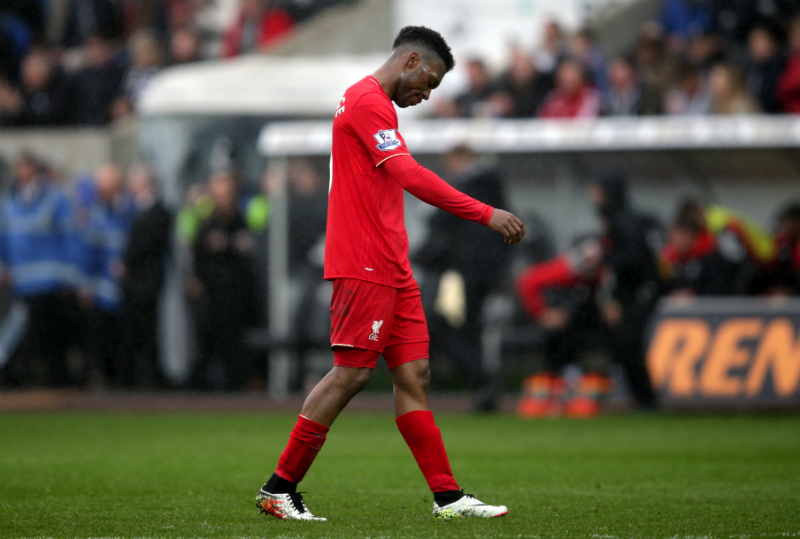
The opposition’s hatchet man has brought an end to your afternoon with a kamikaze challenge and the magic sponge is not having the desired effect.
What are you going to do? RICE that’s what. No, not eat a bowl of takeaway fodder, it’s Rest, Ice, Compression and Elevation.
“Once the injury has occurred it is vital you remove your self from the match or training session immediately,” says Bolton Wanderers’ head physiotherapist Andy Mitchell.
“Start your RICE treatment, which is the gold standard in the first 72 hours. “The reduction of the swelling is paramount and this management in the first 72 hours can reduce the time out.”
Mitchell explains the RICE protocol to FourFourTwo Performance…
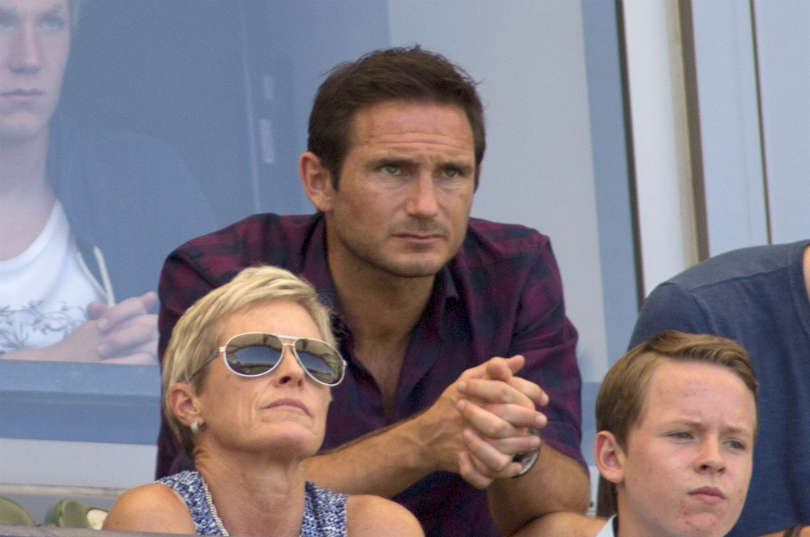
R is for Rest
"It's vital rest is undertaken for first part of the healing process to occur. Minimal weight bearing or stress should be put through the damaged area for 48-72 hours. Rest enables the inflammatory process to kick in – the injured area will start healing and swelling will be limited."
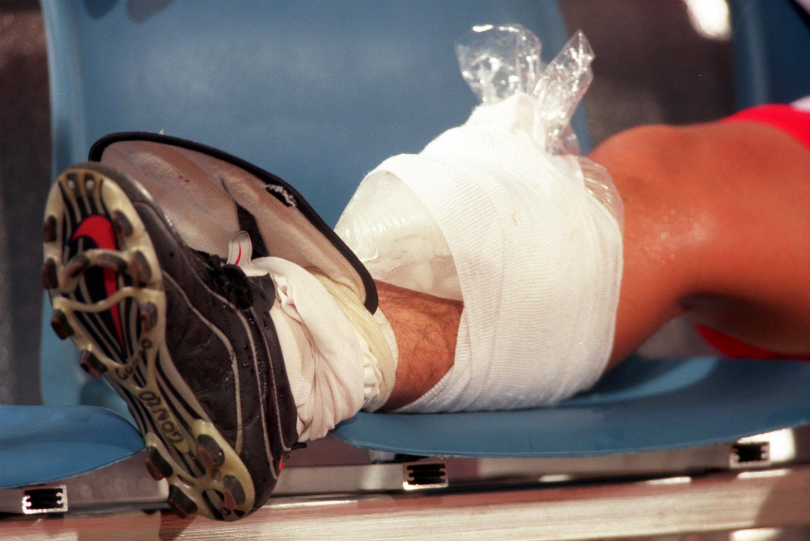
I is for Ice
"Reduces the blood flow and the influx of the painful chemicals and toxins to the injured area. Also helps to reduce pain levels. Should be used for 15-20 minutes, every two hours in the first 48-72 hours."
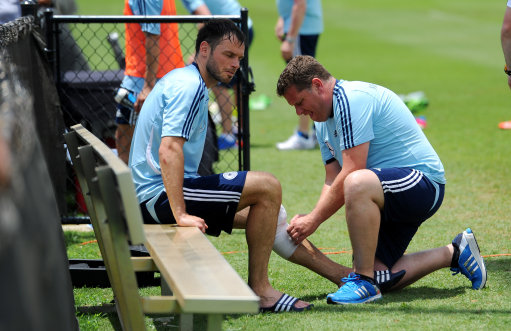
C is for Compression
"By applying a tight bandage or support you are physically reducing the space for swelling to occur. If you don’t do this the blood will ‘pool’ around the damaged area resulting in a painful swelling. Compression is possibly the single best thing to do. Bandaging or a compressive support to be worn all the times except when icing if it can be tolerated."
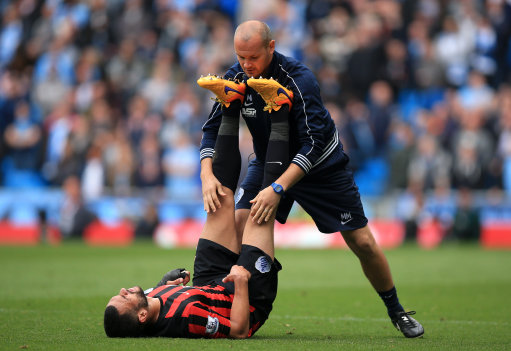
E is for Elevation
"If your leg is elevated it’s really hard for blood to congregate (pool) – around the effected area, thus reducing swelling. This should be done as much as possible in the first 48-72 hours."
Get FourFourTwo Newsletter
The best features, fun and footballing quizzes, straight to your inbox every week.
